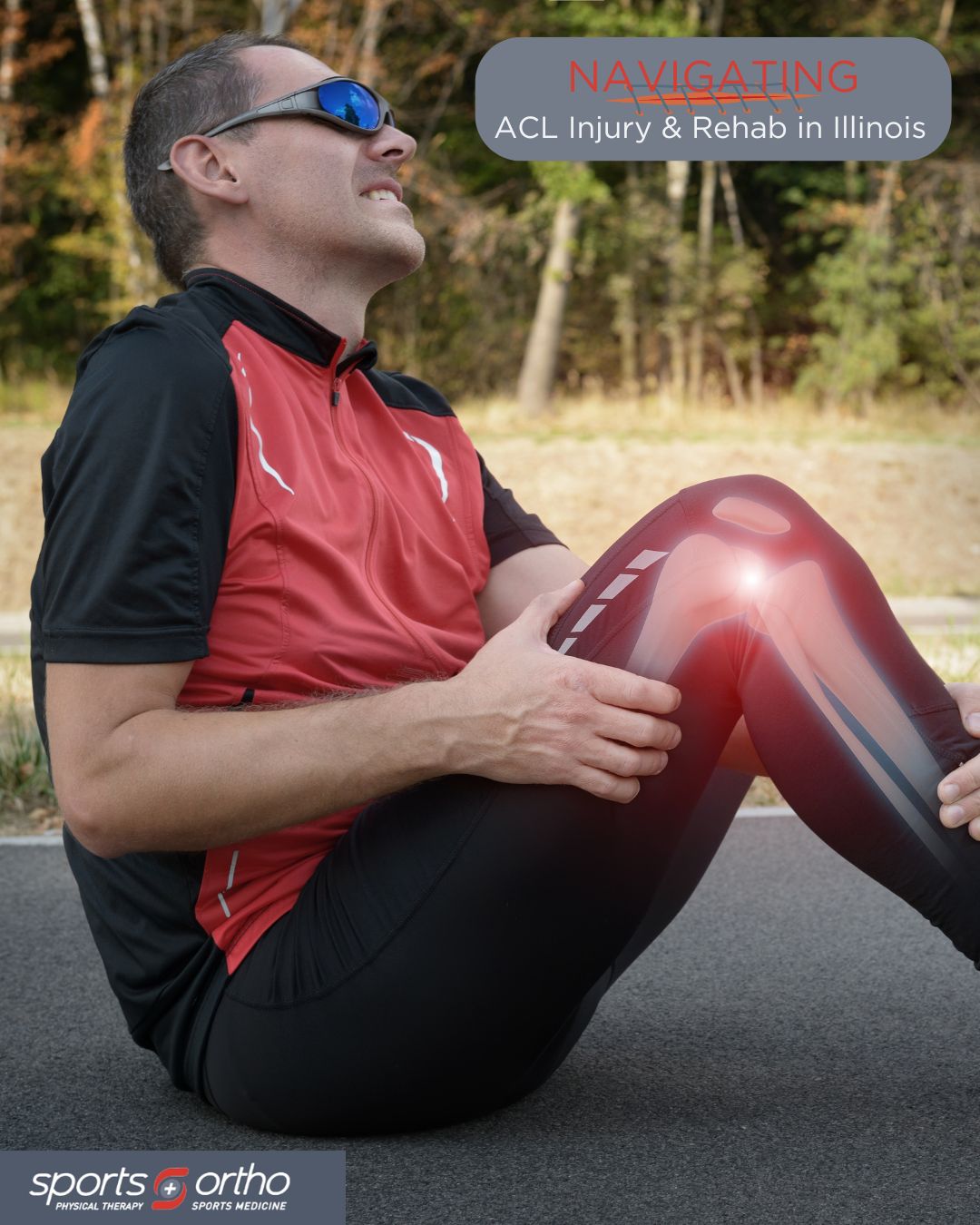Are You Wearing the Proper Footwear?
The squat is one of the primary exercises in strengthening the core. As renowned strength coach Mark Rippetoe notes the squat is one exercise that works those core muscles.
From weekend warriors to pro athletes, those of us concerned about maintaining a high fitness level rely on a strong set of core muscles to stabilize the body and allow us to perform to the best of our ability. In an effort to perform this basic exercise better, athletes looking to improve form.
For squats, this means reducing forward lean, getting the thighs close to horizontal, and keeping the hips at or below knee level.
What happens to the feet is a matter of debate. Some believe the feet should be flat on the ground. Others believe the heel should be slightly elevated. Those who believe in elevating the heel often choose running or weightlifting shoes.
Why should I wear weightlifting shoes while doing squats?
For weekend athletes and non-professionals, the benefits of weightlifting shoes when doing squats may be negligible. It may even be more beneficial to wear shoes with less heel lift so that the novice can focus on proper form. For strength athletes or powerlifters, weightlifting shoes may help maintain form during heavy lifting or competition.
Proper form when executing squats will help prevent injury. The study results suggest that weightlifting shoes promote better form, and should then help prevent injury. Athletes at any level of experience can benefit from this aspect of wearing weightlifting shoes while performing squats.
What will proper weightlifting shoes do for me?
A study conducted by three researchers at the University of Northern Colorado observed the differences when fit, college-aged males performed repetitions of squats at 60% of their maximum ability. The study participants randomly switched between running shoes and an unnamed brand of weightlifting shoes.
The researchers observed the range of motion (ROM), trunk displacement, and ankle flexion.
The weightlifting shoes produced less trunk displacement than the running shoes. This means the athletes in the study exhibited less forward lean during the exercise. They were able to redirect the energy upward. The researchers surmised this was due to less stress on the lower back.
The weightlifting shoes produced a difference in peak ankle flexion. This was to be expected due to the lifted position of the heel in weightlifting shoes. The result was that it was easier for the study participants to maintain proper squat form during the exercise, with the thighs and hips closer to vertical and less forward lean. The knees more easily moved over the toes, reducing hip flexion, which also promoted better form and performance.
The participants in the study commented that they thought it was easier to perform squats in the weightlifting shoes than in the running shoes. This may have been due to the reduced stress on the lower back or through some other factors, such as the mental conditioning of being told you are using shoes specifically for weightlifting rather than for running.
What’s the difference between weightlifting shoes and running shoes?
At first glance, weightlifting shoes appear to be the better choice. Most weightlifting shoes come with lateral stability that running shoes don’t offer thanks to a wider base and differences in construction, like a less flexible midsole. Moreover, running shoes are cushioned, which absorb energy when exercising.
The weightlifter wants to redirect as much energy as possible during the movement vertically.
We assume the differences in shape, cushioning and construction between weightlifting shoes and other kinds of footwear will produce a different result when wearing the weightlifting shoes.
However, scientific studies can show exactly what kinematic differences will manifest when wearing either type of shoe.
Keeping the right form during squats
The first step to doing a proper front squat is placing the barbell across the front of your shoulders, just below your neck. Make sure your fingertips are underneath the barbell, just outside your shoulder width. Your elbows should form a sharp point.
Keeping your chest up and your core tight, begin to lower yourself toward the floor using your hips and knees. Keep lowering yourself until your thighs are parallel to the ground, then hold the position for a few seconds. Slowly bring yourself back up to a standing position using your hips and knees once again.
The fundamentals of a back squat are the same as a front squat. You move your body in the same motion for both, bending at your hips and knees until your thighs are parallel with the ground, and then slowly returning to a standing position. The biggest difference of a front squat and a back squat is the way in which you hold the barbell.
While a front squat requires holding the barbell in front of your shoulders, a back squat requires holding the barbell OVER your shoulders, just behind your neck. One of the most imperative parts of a back squat is making sure the weight is not resting on your neck at all, as that can lead to neck pain or injury.
Instead, make sure the barbell is being held on your shoulders and that you keep your chest up so your neck doesn’t hunch forward during the squat. Attempting to lift too much weight and accidentally relying on your neck instead of your shoulders could lead to severe injury.
Get started today
Do you want to know more about how you can get the most out of your squats while also decreasing your risk of injury? Contact Sports and Ortho Physical Therapy today!
Source:
Tags: physical therapy, physical therapist, physical fitness, health, fitness, health and wellness, Sports and Ortho Physical Therapy, physical activity, Natural Treatment, Natural Pain Relief, Athletic Activity, Footwear, Shoes




